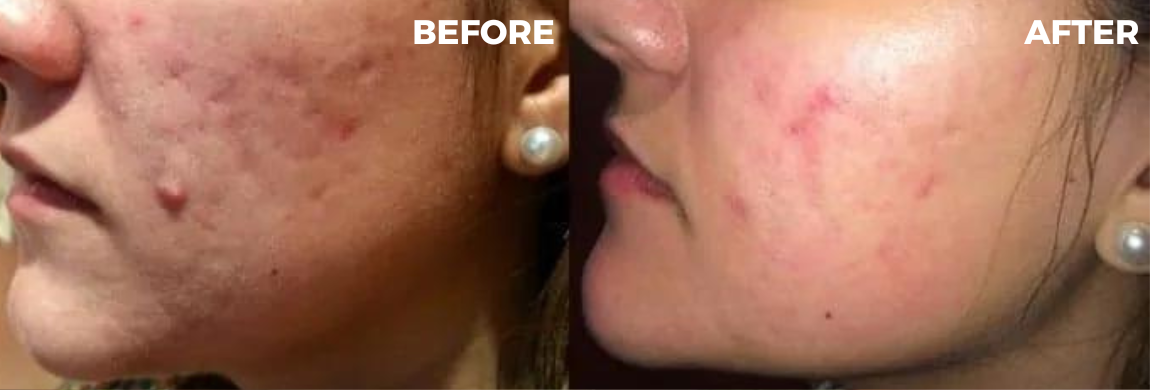
Microdermabrasion is safe for almost everyone, doesn’t require anesthesia, and has shown promising results in clinical studies.
By removing cells from your outermost layer of skin, microdermabrasion promotes new cells to regenerate more quickly than they would ordinarily. The result is skin that looks firmer, more toned, and more youthful.
Targeted areas:
Microdermabrasion is typically used on these areas:
- face, including neck, jawline, cheekbones, or forehead
- upper thighs
- buttocks
- hips
- abdomen and waistline
There’s also a full-body microdermabrasion treatment that targets all of the above and more, avoiding areas where your skin is thin or irregular, such as your ears, feet, and hands.
Uses and Benefits:Microdermabrasion has been found as an effective treatment for:
- uneven skin tone
- melasma
- hyperpigmentation
- scarring
- unclog the pores & prevents acne
Microdermabrasion may require repeated treatment sessions for you to see desired results. The amount of time you spend getting the treatment can vary depending on its purpose and your expectations.
Reduce lines, wrinkles, and dull-looking skin
One of the most common reasons people use microdermabrasion is to diminish the appearance of fine lines and wrinkles that can happen from natural aging, stress, and sun damage or photoaging.
While microdermabrasion works well for some people, your experience may vary. The location of your wrinkles and the amount of treatments you receive will determine how effective results will be. Following a skin care routine that includes a moisturizer and a toner may improve your results.
Treat age spots and uneven pigmentation
Some people try microdermabrasion for treatment of hyperpigmentation. This can refer to melasma, or any type of aging spots or darker patches on your skin.
It’s likely you’ll need more than just microdermabrasion treatments to see results for hyperpigmentation. Topical vitamin C and laser therapy are some complementary treatment recommendations with microdermabrasion. The good news is, you might need as few as two treatments to notice a difference.
How does microdermabrasion work?
Microdermabrasion is a cosmetic procedure that exfoliates your skin cells. This process is performed by a skin care professional using a special microdermabrasion device.
Over 700,000 microdermabrasion treatments were performed in the United States in 2017. There are two main microdermabrasion techniques:
- Crystal microdermabrasion. This method involves tiny particles being directed at your face through a wand.
- Diamond-tip microdermabrasion. This involves an applicator that makes direct contact with your skin as it exfoliates.
Both techniques work by loosening and removing dead skin cells to reveal younger-looking cells.
Finding a practitioner
Microdermabrasion works effectively for several skin conditions. One of the most important things to consider is choosing the right practitioner.
If you have specific skin concerns, a cosmetic surgeon or dermatologist may have more medical understanding of the procedure’s risks and limitations.
.svg)
-300x69.png)
-250x57.png)